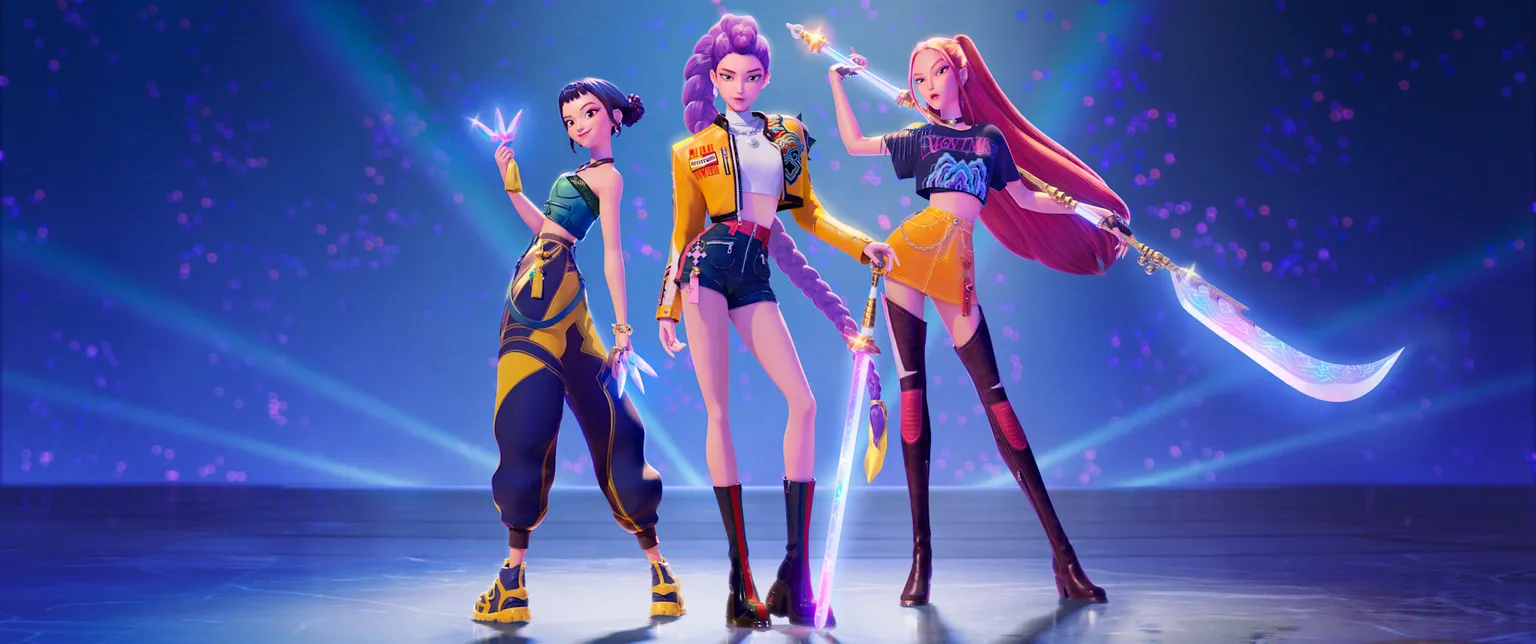We've Gone Future Retro Now, Say Hello to TV-Centric Content Feeds
Studios and platforms are converging, with platforms adopting studio-like strategies and vice versa. The algorithm drives content creation and monetization, prioritizing engagement and established IP over risk-taking.

The Current Underneath the Headlines
Studios are acting like platforms. Platforms are acting like studios.
The algorithm is the showrunner and the audience is the product.
Social platforms spent a decade pretending to kill television.
Now they’re rebuilding it: vertical, personalized, and monetized by microsecond.
Instagram wants to be cable for teens. YouTube is policing digital likeness like studio IP. Netflix is franchising its own cinematic universes into toy aisles. The screen got smaller, but the logic got older.
Here are five live stories that map the shift.
- YouTube rolls out AI “likeness detection” to hunt deepfakes of creators — The Verge: Tooling for a world where anyone’s face is raw material. Verified creators can scan the platform for unauthorized AI look-alikes and file takedowns. Brand safety for the self.
- Instagram wants to feel like television — Vox: Teen accounts default to a PG-13 setting and a living-room TV app is on the table. Social scroll is being reformatted into channel surfing.
- Warner Bros. Discovery puts a “for sale” sign on the water tower — The Hollywood Reporter : Board launches a strategic alternatives review after outside interest. Consolidation is the plot again, and the next buyer could rewrite the release schedule for half the industry.
- A critically adored blockbuster still face-plants at the box office — BBC Culture : Paul Thomas Anderson’s One Battle After Another draws raves yet misses break-even. Prestige can’t always beat the engagement economy and its IP bias.
- Netflix turns a streaming hit into a toy super-franchise — Netflix: Newsroom KPop Demon Hunters lands an unprecedented co-master toy deal with Mattel and Hasbro. When the algorithm anoints a winner, commerce rushes in with dolls, games, and a board-game pre-order clock.
The Through-Line Trend
Control of culture is migrating to whoever controls distribution and data. Platforms are tightening age gates and identity tools. Studios are chasing scale to bargain with those platforms. Audiences reward comfort, not risk. And when a story does break through, the flywheel converts attention into product overnight. The machine is not just recommending what to watch. It is training what gets made, how it is sold, and where the money lands.
What ties them together is the feedback loop between creation, curation, and commerce. The more culture looks like content, the more content looks like television: familiar, packaged, and infinitely scrollable.
The new frontier of entertainment isn’t innovation. It’s syndication at scale.


